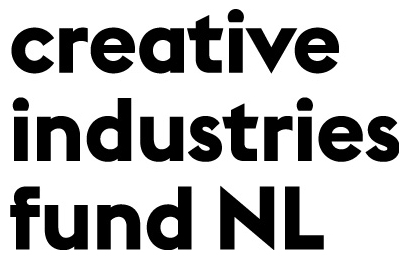KNOT
(2019)
‘KNOT’ is a project investigating the potential use of human hair waste in the pursuit of sustainable solutions for the fishing gear industry.
We kicked off the project during Milan Design Week 2019 with a showcase of early investigative research, documentation, and samples, alongside demonstrations of Visser’s self developed rope machine and swing.
KNOT is a continuation of Visser’s ongoing project, The New Age of Trichology.’
Taking Visser’s ongoing research in a new direction, KNOT aims to join the dots between two problems:
the abundance of human hair waste; and the need for sustainable solutions within the fishing gear
industry. While the fishing industry is one of the largest and oldest industries, it is also one of the most
impactful ones on a environmental and economic level.
Research estimates that a 46% of the Great Pacific garbage patch (GPGP) is from fishing gear. The European Commission states that in the EU, 20% of gear is lost or discarded at sea, worldwide that’s 640.000 tonnes per year. To be able to sustain our ecosystems and reduce plastic pollution, new solutions have to be implemented for a healthier future for the planet as well as for our own health.
The research is currently in collaboration and with the input from different parties, including marine
biologists and researchers from Bangor University, local fisherman in the areas of Anglesey and Hastings
and environmental activists from across the United Kingdom. In the near future Visser hopes to find further
support and funding for the project from the UK as well as from The Netherlands.
Bangor, Angelsey,
North-Wales
North-Wales
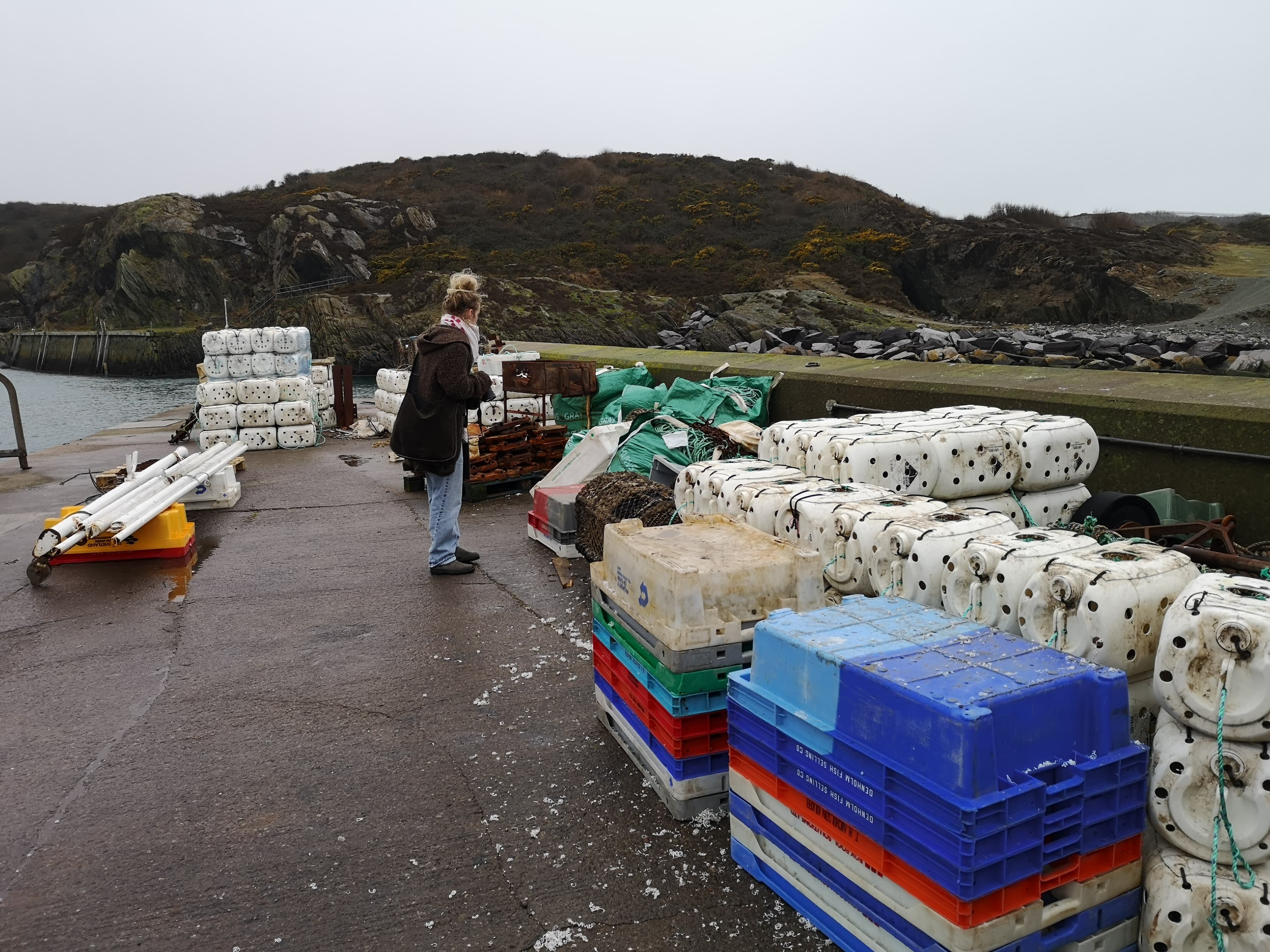

At the School of Ocean Sciences, at Bangor University in Bangor, Angleysey, Wales, we had the honour meet up with researchers and marine biologists Lucy Southworth, Philippa Bayford and Julie Webb to investigate the sustainability around mussel farming and the tools used in Bangor. We started with initial research looking into biodegradable materials for the musselropes used in mussel farming. Our aim was to closely replicate the existing style and thickness of musselropes with the use of human hair waste. The handmade ropes were then placed in the designated area for testing in the Menai Strait.
![]()
At the School of Ocean Sciences, at Bangor University in Bangor, Angleysey, Wales, we had the honour meet up with researchers and marine biologists Lucy Southworth, Philippa Bayford and Julie Webb to investigate the sustainability around mussel farming and the tools used in Bangor. We started with initial research looking into biodegradable materials for the musselropes used in mussel farming. Our aim was to closely replicate the existing style and thickness of musselropes with the use of human hair waste. The handmade ropes were then placed in the designated area for testing in the Menai Strait.


Hastings,
United Kingdom
United Kingdom

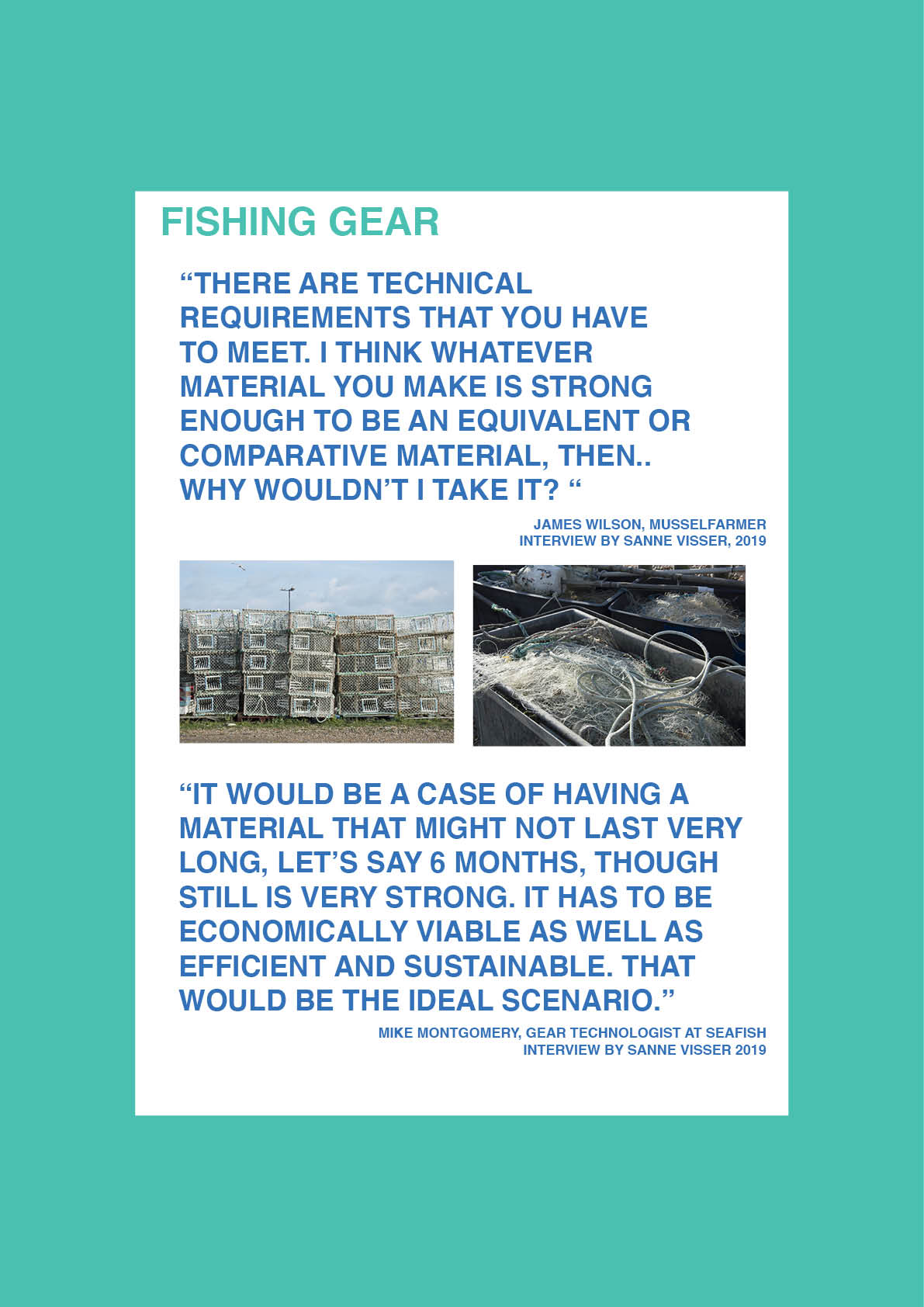

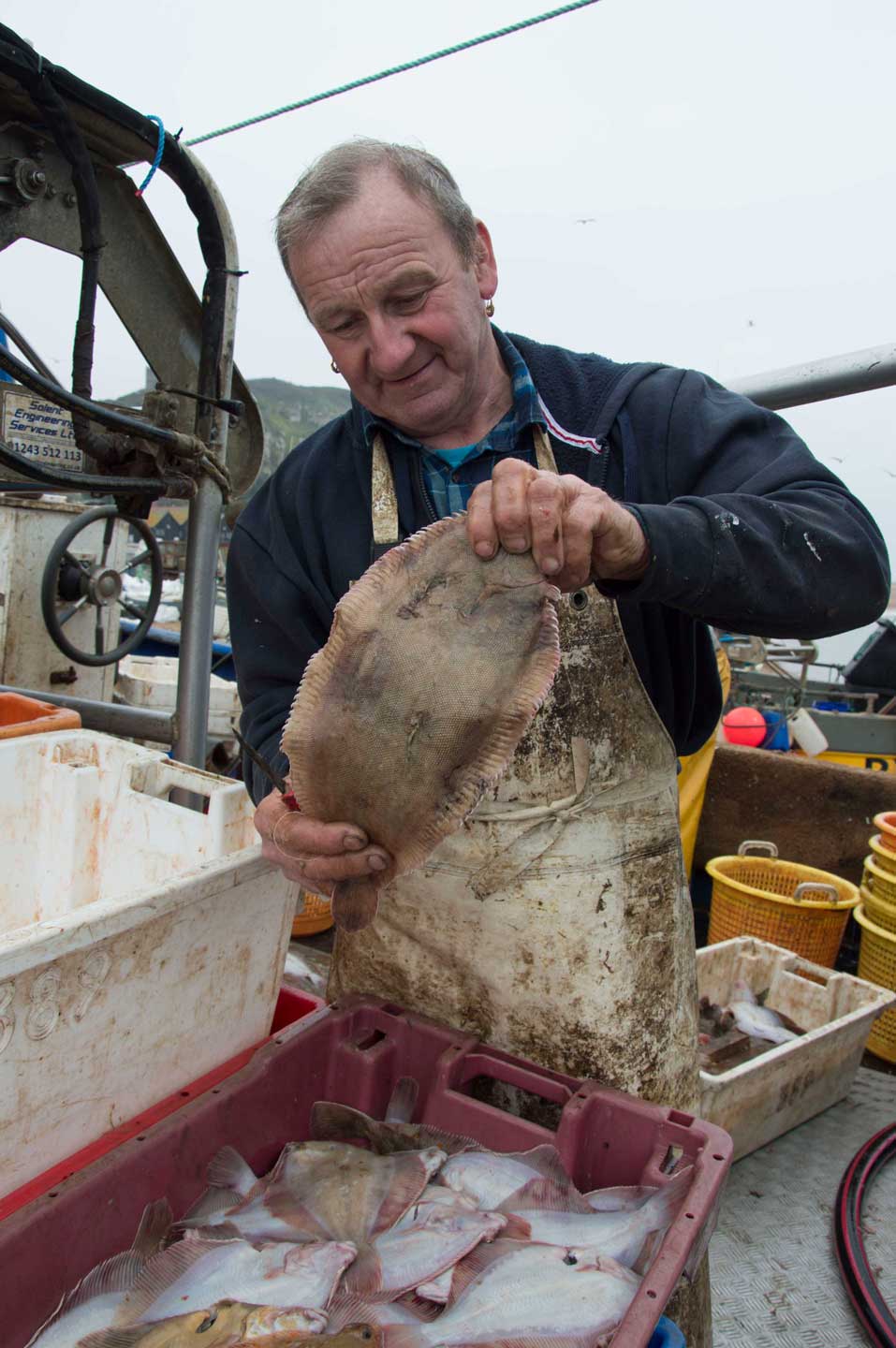
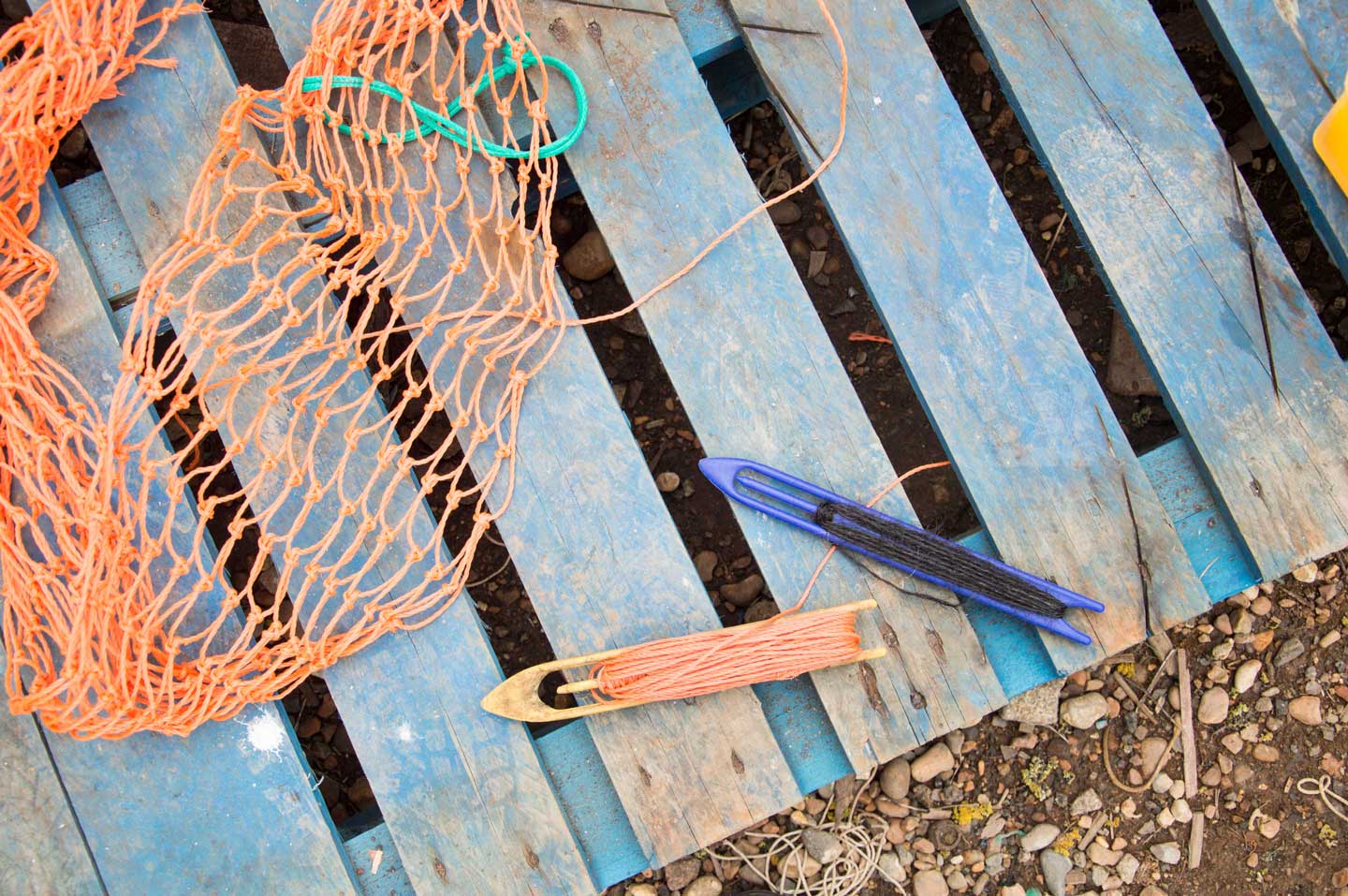
In Hastings we met several times with fisherman Simon and with fisherman Robert to engage with their daily work life balance and how they deal with everyday struggles in the fishing industry.
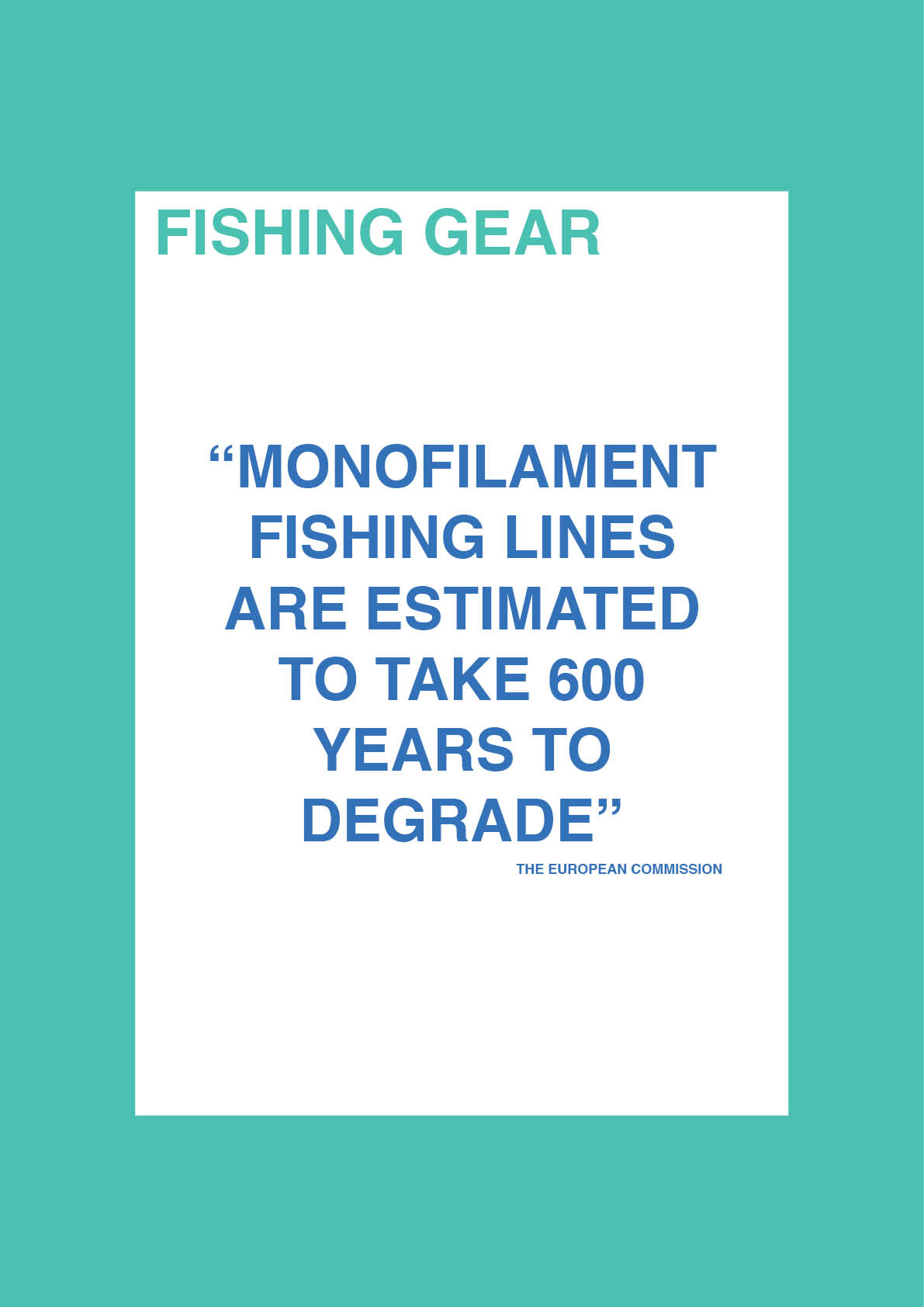


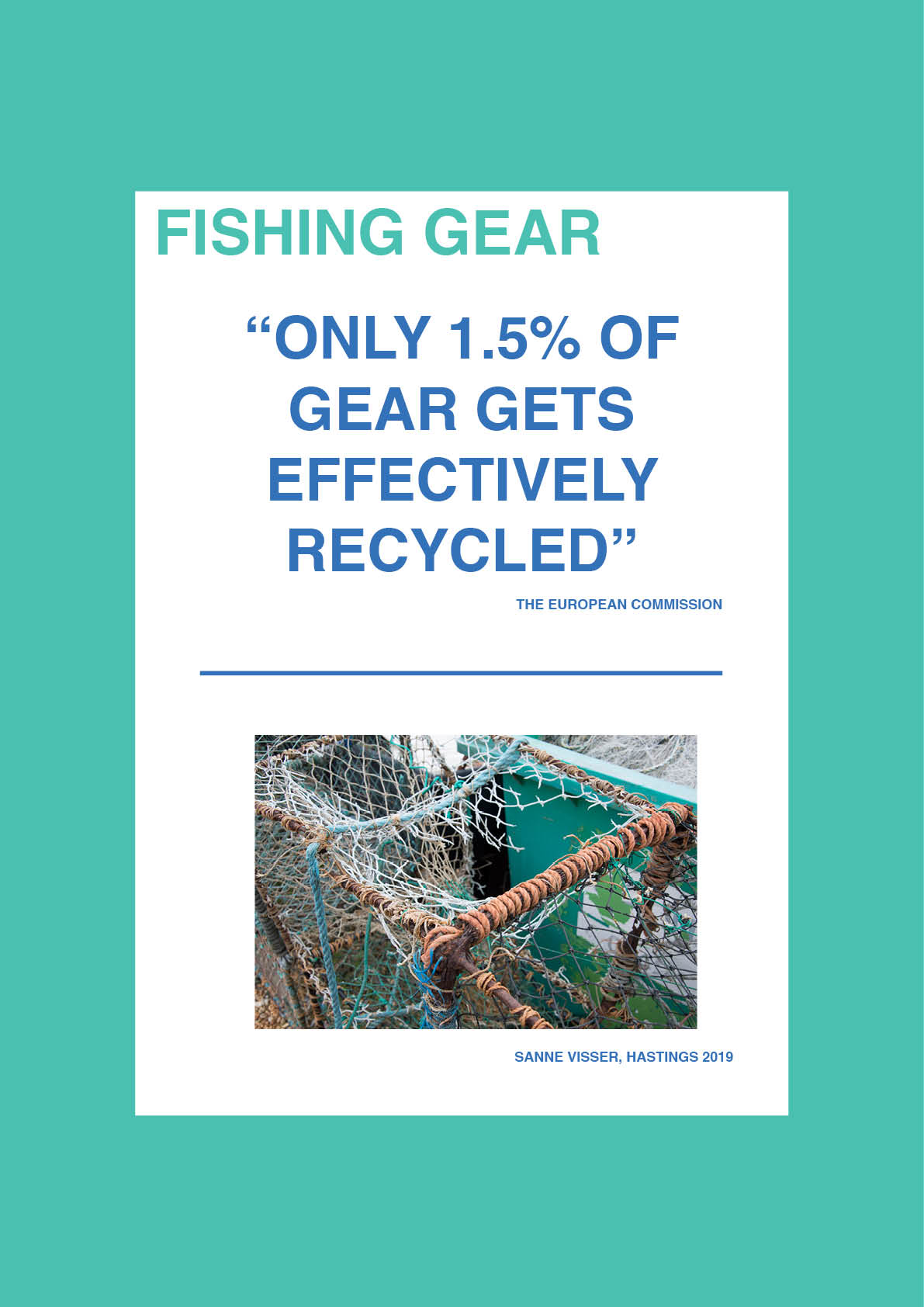
Milan,
Italy
Italy
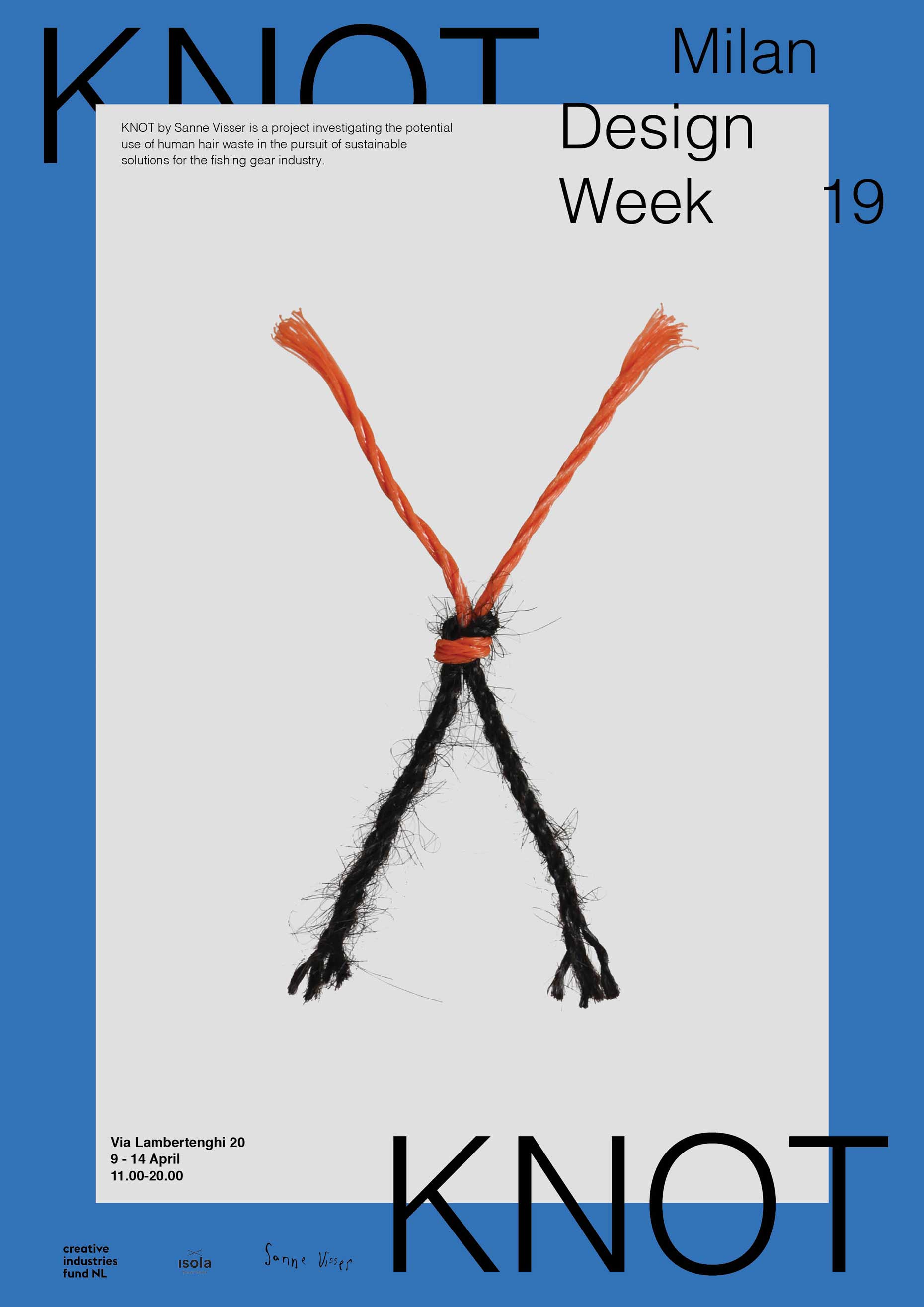
During the whole of Design Week there was a constant flow of interactive demonstrations, including
handspinning of human hair by designer Helga Aradottir and ropemaking by Sanne Visser.
For behind-the-scenes sneak peaks, have a look on the instagram @studiosannevisser for more.
During the whole of Design Week there was a constant flow of interactive demonstrations, including
handspinning of human hair by designer Helga Aradottir and ropemaking by Sanne Visser.
For behind-the-scenes sneak peaks, have a look on the instagram @studiosannevisser for more.

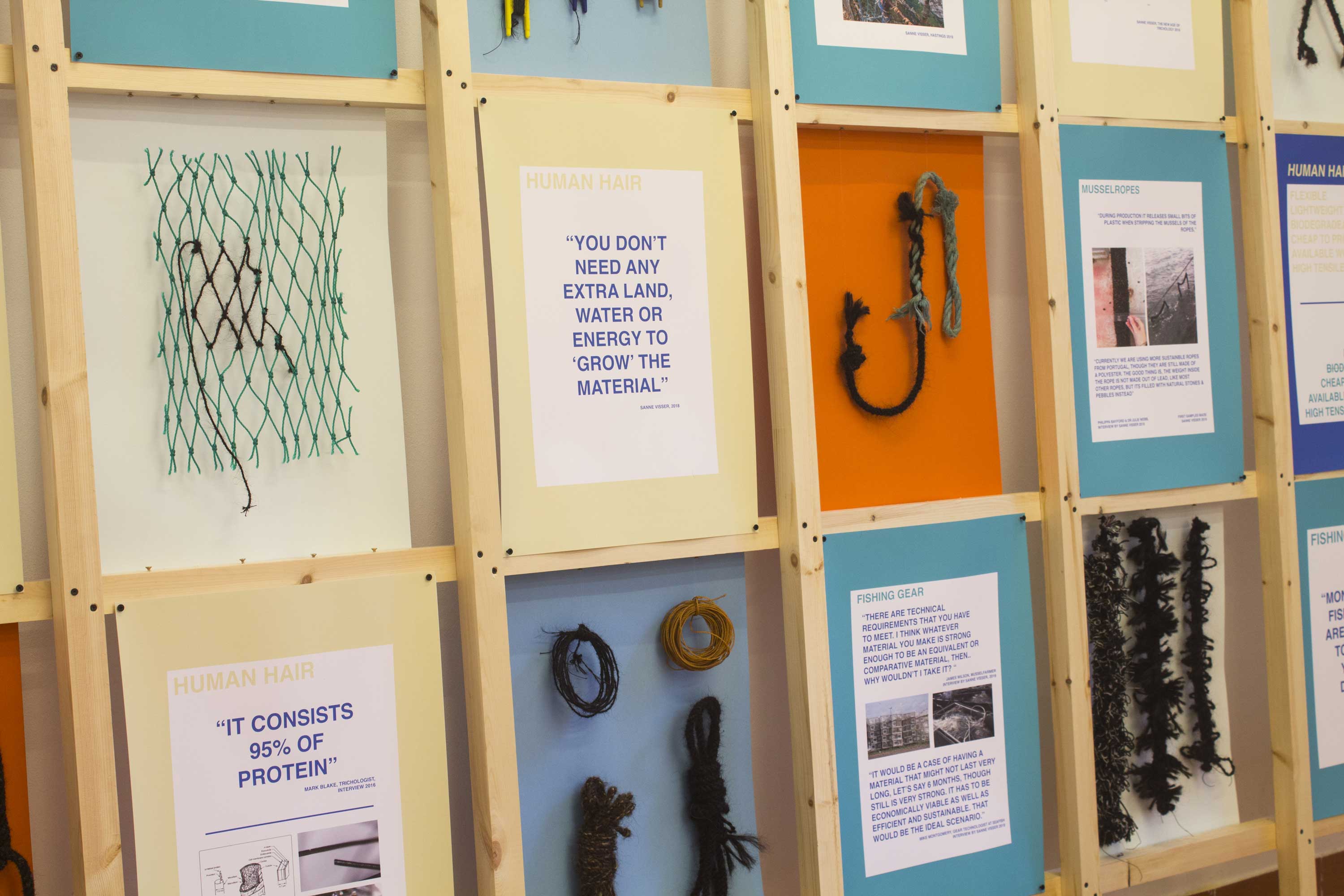



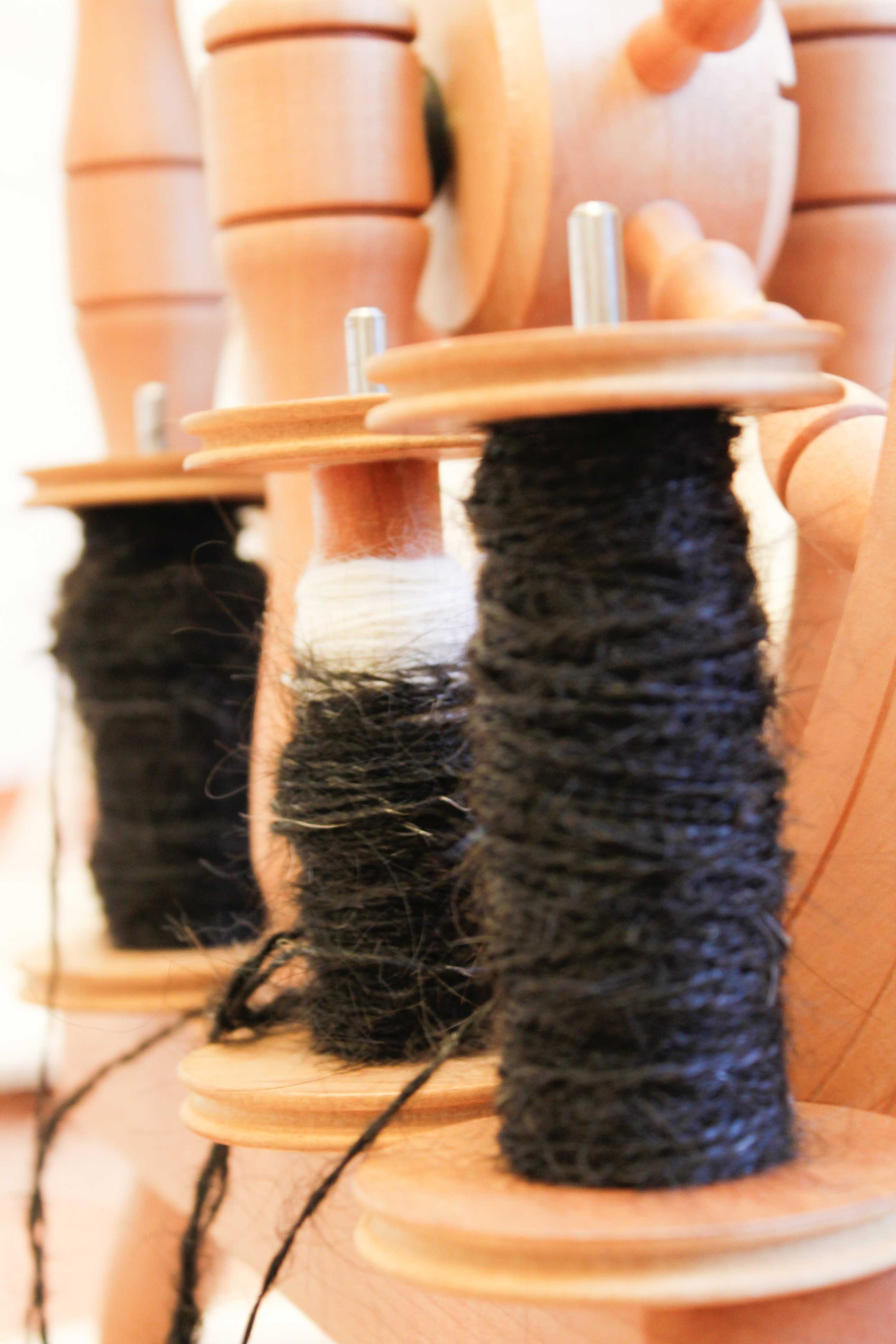


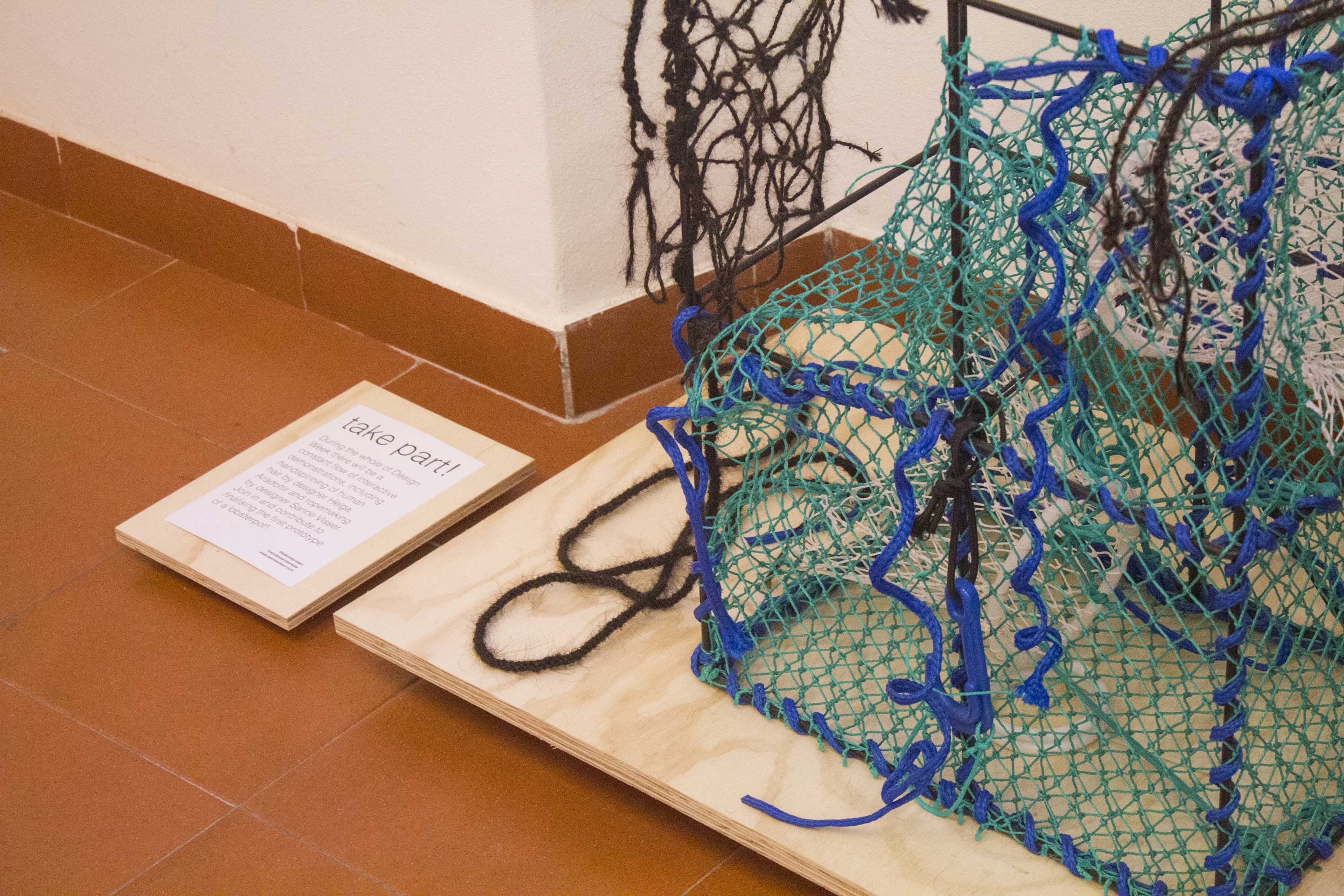






Partners

